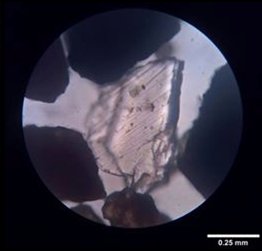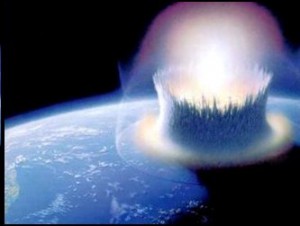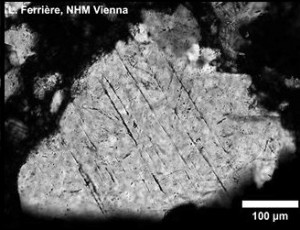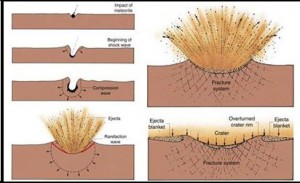KT part 2: shocked quartz.
I can assure you of this: disaggregating KT sediment in a tent, away from a lab, using pyrex measuring kitchenware, a microscope from the 1950’s, and an I-pad, while surrounded by mosquitoes, is no easy feat. And separating out the shocked quartz is even more difficult.
What is shocked quartz, you ask? Well, it is one of the more easily recognizable types of impact-generated debris that we find associated with the KT impact. And, ranking it a little higher on the coolness list, these particles are actually part of the basement rock of the Yucatan peninsula. They were blasted here all the way from Mexico. They were there that day, 66 million years ago. When the asteroid hit, the material that did not melt and form microtektites became ultra-shocked. Quartz and other minerals that are normally clear and free of internal structure were suddenly endowed with multiple sets of parallel shock lamellae in a fraction of a second. They can be found thousands of miles from the crater, such as here, in the Dakotas. And they are an unmistakable signature of impact events (as well as very beautiful in their own right).




